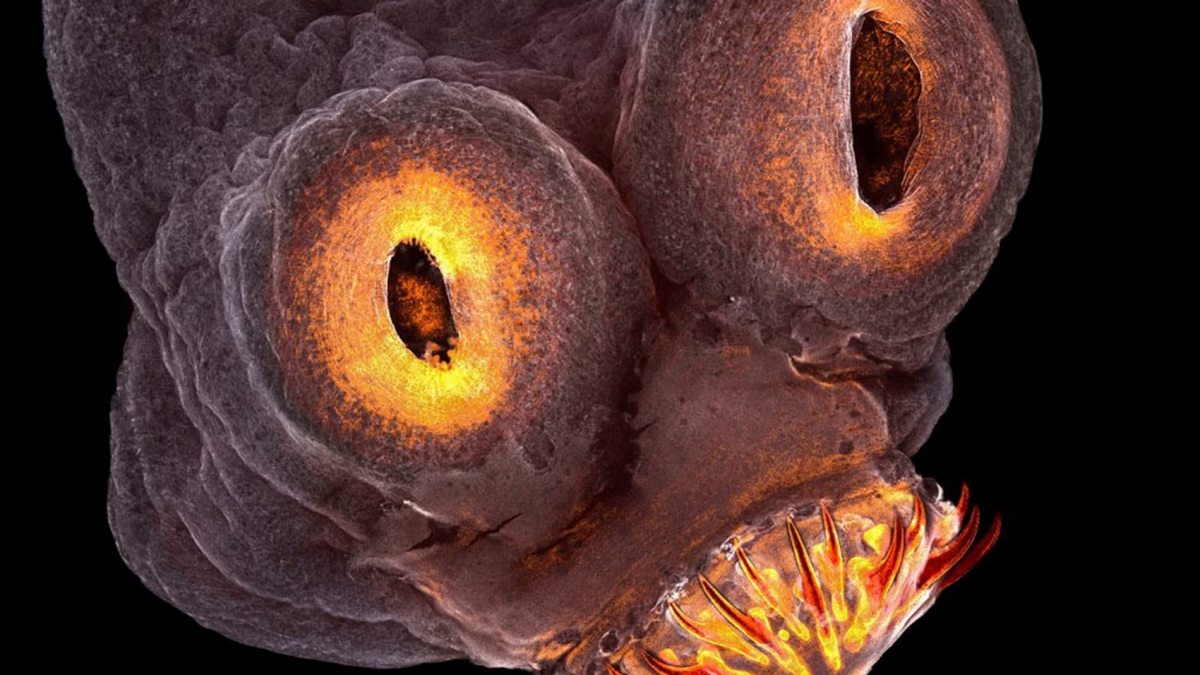A 52-year-old American man developed severe migraines due to parasitic tapeworm larvae found in his brain, a condition linked to his consumption of undercooked bacon. The American Journal of Case Reports recently highlighted the incident, shedding light on a rare but preventable parasitic infection known as neurocysticercosis.
The unidentified man, who had been suffering from weekly migraines resistant to medication, lived a typical life in a modern home with his wife and cat, without any travel to areas known for food safety risks. However, his preference for lightly cooked, non-crispy bacon, consumed over most of his life, led to the discovery of numerous fluid-filled sacs in his brain through a CT scan conducted by Florida researchers.
Diagnosed with neurocysticercosis after testing positive for cysticercosis cyst antibodies, the condition is caused by larval cysts of the pork tapeworm Taenia solium. Researchers suggest the man’s infection was likely due to autoinfection from improper handwashing after he contracted taeniasis, another tapeworm infection, from his dietary habits.
Treatment involved a regimen of anti-inflammatory and anti-parasitic medications, including dexamethasone, albendazole, and praziquantel, leading to successful recovery. Despite the effectiveness of these drugs, the treatment of neurocysticercosis is often debated among clinicians due to potential inflammation caused by the death of the cysts.
Neurocysticercosis is contracted by ingesting microscopic tapeworm eggs, which can occur if a person eats undercooked, infected pork and then contaminates food or surfaces with feces containing the eggs. The Centers for Disease Control and Prevention (CDC) reports that the disease, while global, sees its highest infection rates in regions with poor sanitation and where pigs can access human feces.
With around 1,000 new hospitalizations yearly in the U.S., mainly in states like New York, California, Texas, Oregon, and Illinois, neurocysticercosis is considered a neglected parasitic infection by the CDC, indicating a significant health burden and a lack of awareness among healthcare professionals.






